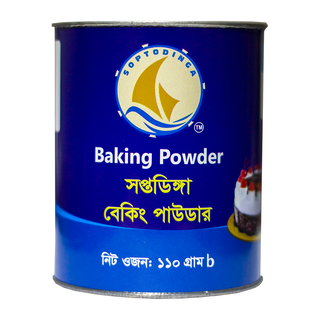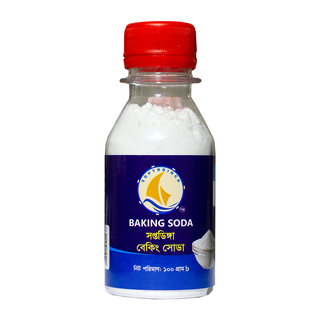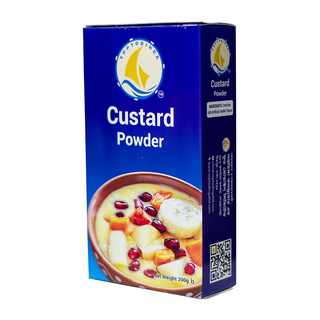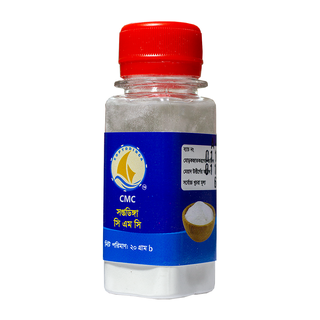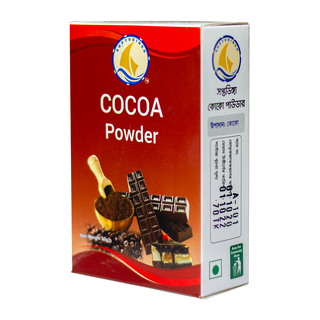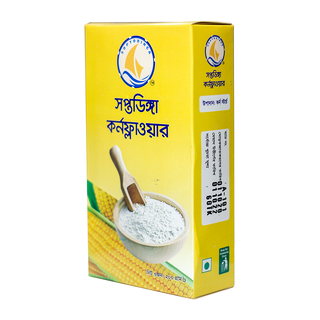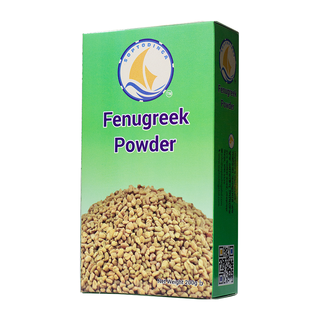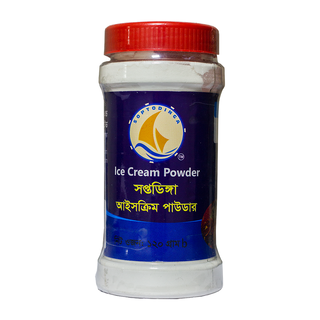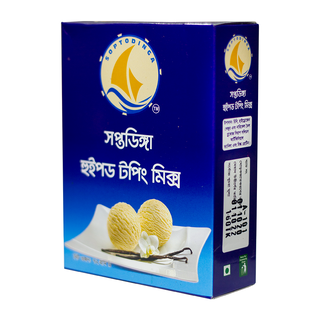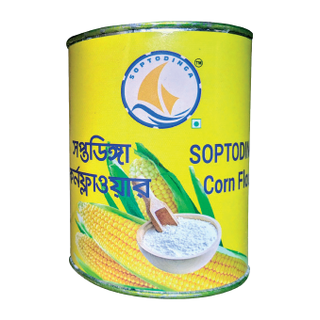Description
Agar may have been discovered in Japan in 1658 by Mino Tarōzaemon, an innkeeper in current Fushimi-ku, Kyoto who, according to legend, was said to have discarded surplus seaweed soup (Tokoroten) and noticed that it gelled later after a winter night's freezing. Over the following centuries, agar became a common gelling agent in several Southeast Asian cuisines.
Agar was first subjected to chemical analysis in 1859 by the French chemist Anselme Payen, who had obtained agar from the marine algae Gelidium corneum.
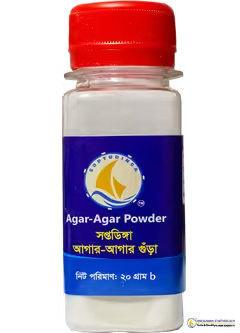
Beginning in the late 19th century, agar began to be used as a solid medium for growing various microbes. Agar was first described for use in microbiology in 1882 by the German microbiologist Walther Hesse, an assistant working in Robert Koch's laboratory, on the suggestion of his wife Fanny Hesse. Agar quickly supplanted gelatin as the base of microbiological media, due to its higher melting temperature, allowing microbes to be grown at higher temperatures without the media liquefying.
With its newfound use in microbiology, agar production quickly increased. This production centered on Japan, which produced most of the world's agar until World War II. However, with the outbreak of World War II, many nations were forced to establish domestic agar industries in order to continue microbiological research. Around the time of World War II, approximately 2,500 tons of agar were produced annually. By the mid-1970s, production worldwide had increased dramatically to approximately 10,000 tons each year. Since then, production of agar has fluctuated due to unstable and sometimes over-utilized seaweed populations.



